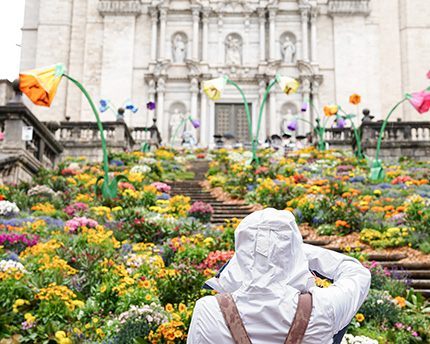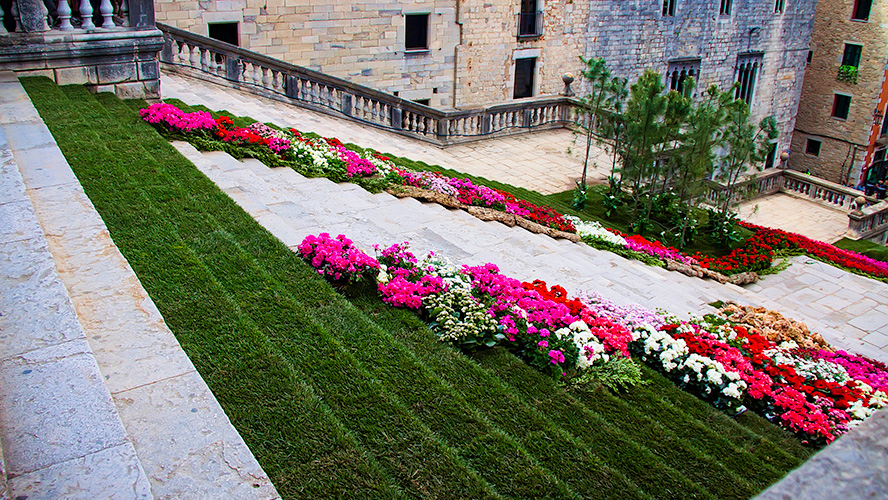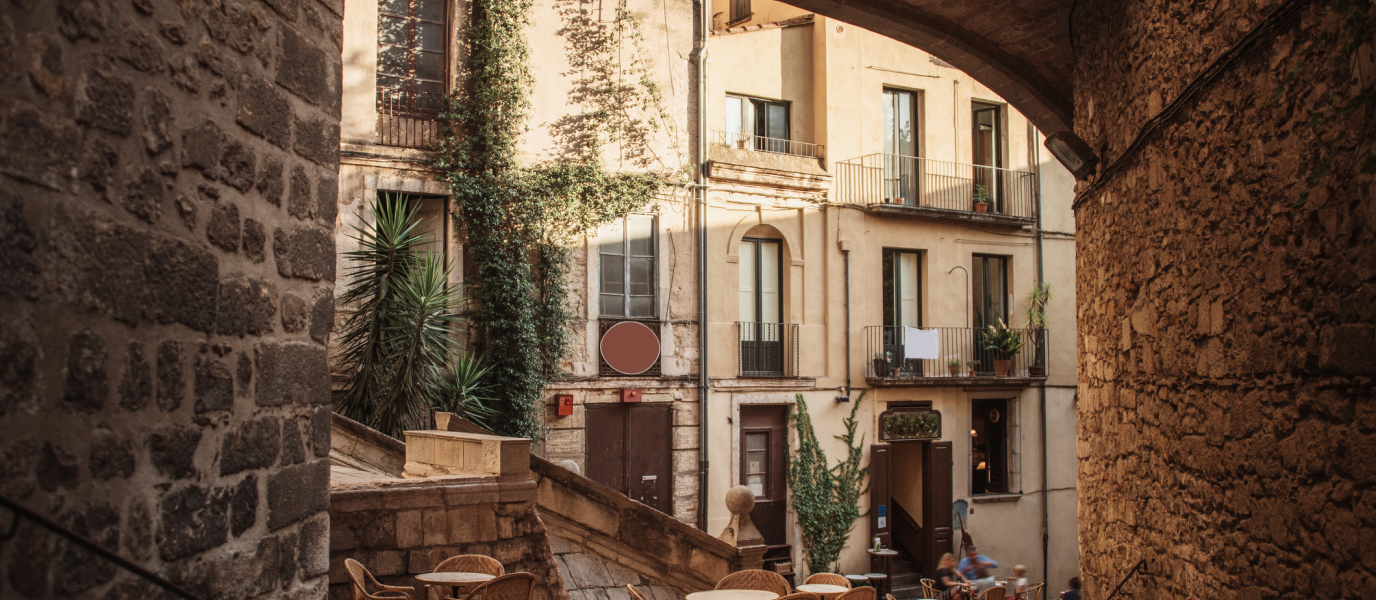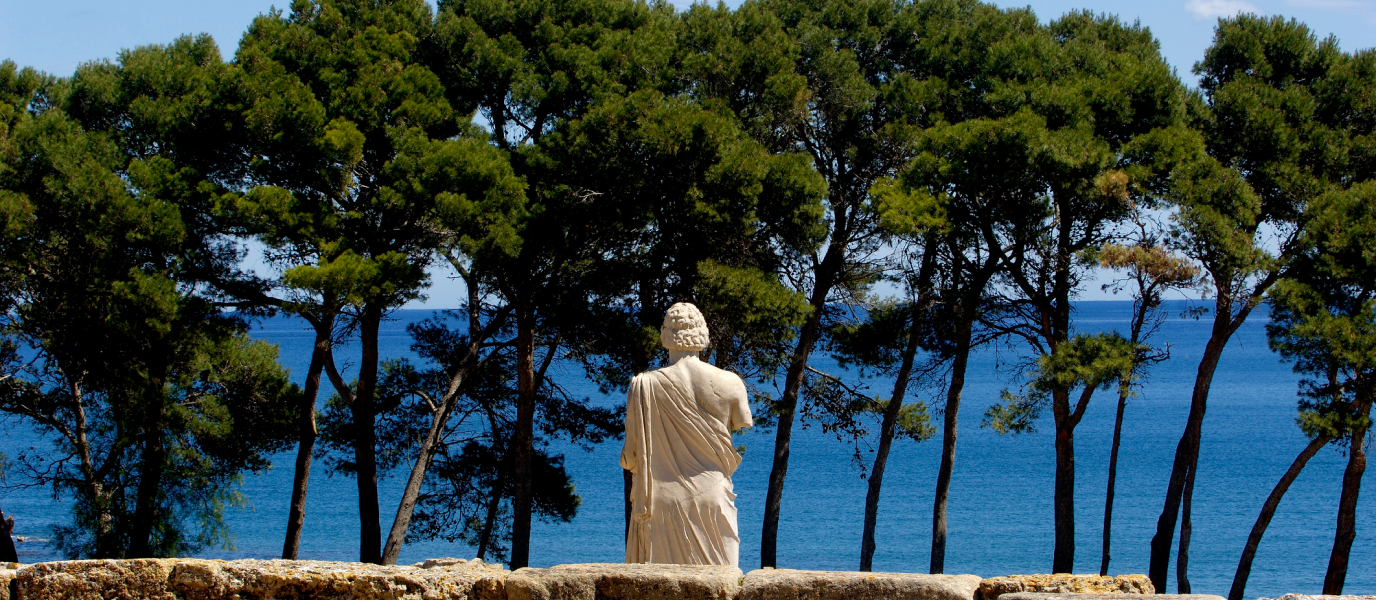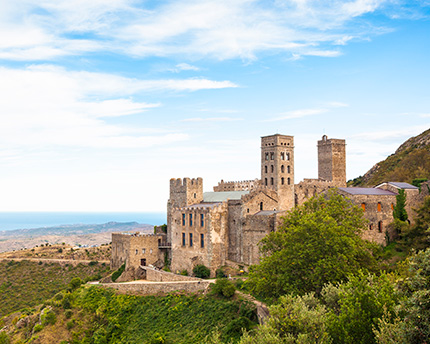The Temps de Flors festival is tied up with the Mediterranean floral tradition of May. It’s a particularly colourful time in the countryside, and this colour is brought to towns and cities in the shape of different local festivities, many of which are linked to the liturgical calendar (e.g. the May Crosses).
In Girona, the Temps de Flors festival has civil origins and was started relatively recently, in the mid-20th century. It’s grown in size and importance ever since, and more and more monuments, civil and religious buildings, parks and gardens are used as a stage. A growing number of cultural and leisure activities are also held during the festival and it’s now an essential sight for visitors to Girona and Catalonia during springtime.
What is the Temps de Flors festival?
Temps de Flors is Girona’s big spring festival. It’s held in the middle of May (the exact dates change each year) and lasts for between eight and ten days, taking over the most emblematic and visited places in the city.
Public and private institutions are involved in organising and running Temps de Flors, and they’re joined by local residents who are delighted to “sell” their city in such a colourful way, decorating the façades of their houses and streets with plant motifs and art.
A packed events calendar is also held in Barri Vell, the centre of the festivities, and it also branches out into the city’s other neighbourhoods. The aim is to provide people who visit the city at this time with even more opportunities for fun, and is an effective way to promote the city, making the most of the magnificent backdrop of Temps de Flors.
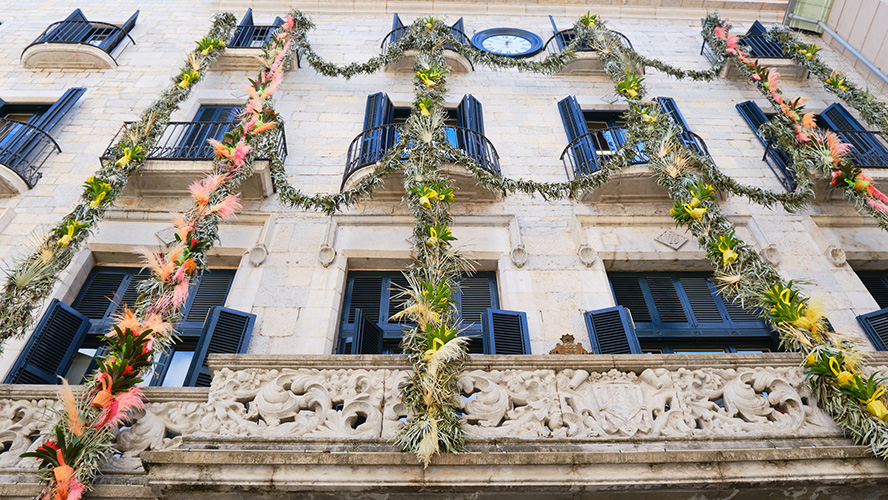
History and tradition
Temps de Flors originated from the Provincial Flower Show Competition held in 1954 in the Salón de Descanso at Girona Municipal Theatre. The initiative was so successful that the organisers immediately realised the space they had chosen was too small, even that very first year.
In the following years, it moved to the public library, the monastery of Sant Pere de Galligants, the cloister of Sant Domènec and various courtyards, doorways and public and private gardens in Barri Vell as the number of visitors and participants swelled.
Over time, citizen’s organisations joined in, such as the Friends of Flowers and Gardens Society (in 1979) and the Friends of Old Girona Society (in 1983), But the real turning point was involvement from Girona City Council – since 1992 it has successfully boosted awareness of the festival in Spain and around the world.
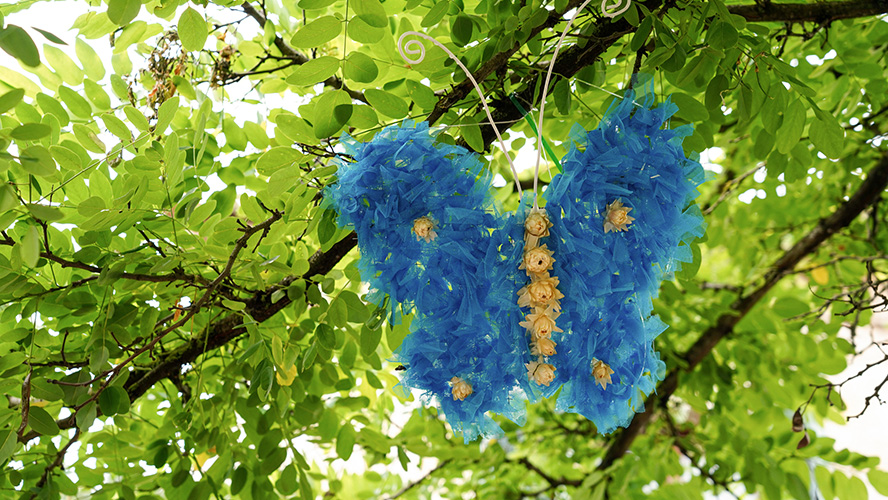
Places to visit
Each year new institutions and companies open their buildings and/or most emblematic spaces and turn them into a stage for the Temps de Flors displays. It’s a good idea to check the programme before you come to the city so you can plan your itinerary depending on the opening times of each space.
One place that displays creations by local and foreign artists every year is the convent of Sant Domènec, and its cloister has become one of the main symbols of Temps de Flors for organisers and visitors. Ascending Pujada de Sant Martí to the church of Sant Martí de Sacosta is also popular, and it’s often one of the most photographed spots each year. The area around the cathedral is also particularly eye-catching, especially the steps leading from the cathedral square to its main façade.
Another excellent spot is the Arabic Baths (link to corresponding URL) – try to visit when sunbeams pass through its openings and strike the floral arrangements. Further places to add to your list are the Town Hall, the basilica of Sant Feliu, the aforementioned monastery of Sant Pere de Galligants and the City History Museum.
The most recent event, held in 2023, included key locations in a variety of neighbourhoods across the city that led to different cultural centres, such as the Film Museum.
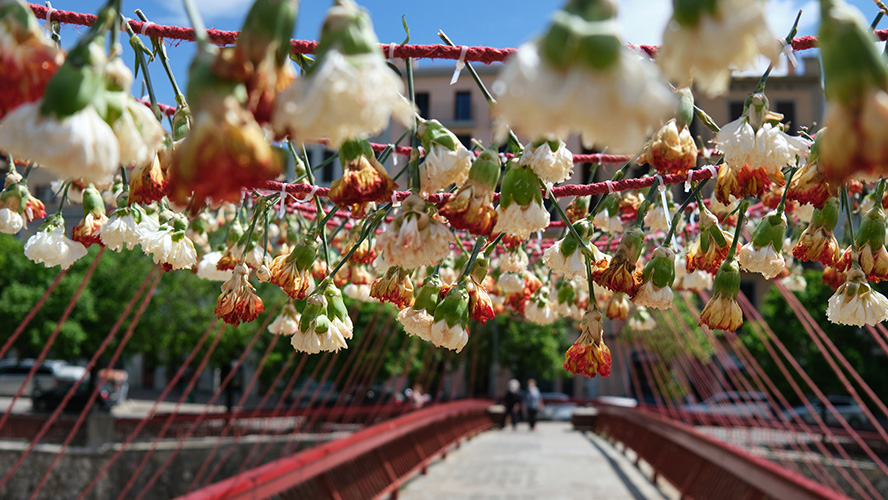
Activities and events
The main activity for visitors to enjoy at Temps de Flors is strolling around the city and discovering the floral creations that have been installed in different places. Many include sculptures and other works by contemporary artists, some of whom are very well known.
What’s more, all kinds of cultural and leisure events take place during the festival, such as concerts and shows with a variety of performing arts, and they take place in the streets, in auditoriums and in the courtyards of monuments. You can also join guided tours of the main buildings and attractions in Girona to discover the city’s history in greater depth.
You’ll even see castells in the city’s squares – human towers that are a typical part of Catalan culture. And finally, look out for delicious tasting sessions offered by local producers and restaurants.
Where to stay in Girona
One of the best accommodation options in Girona province is the Hotel Roses Platja in the pretty town of Roses on the Costa Brava. It has 167 rooms and is the perfect hotel for a holiday with your family or partner. It’s right on the sea front and has a large garden with a swimming pool that leads directly to the beach.
Its buffet restaurant gives you the chance to try the finest flavours of Mediterranean, Catalan and international cooking, while you can enjoy cocktails or an aperitif with tapas on the snack bar terrace while admiring the sea views.




































































